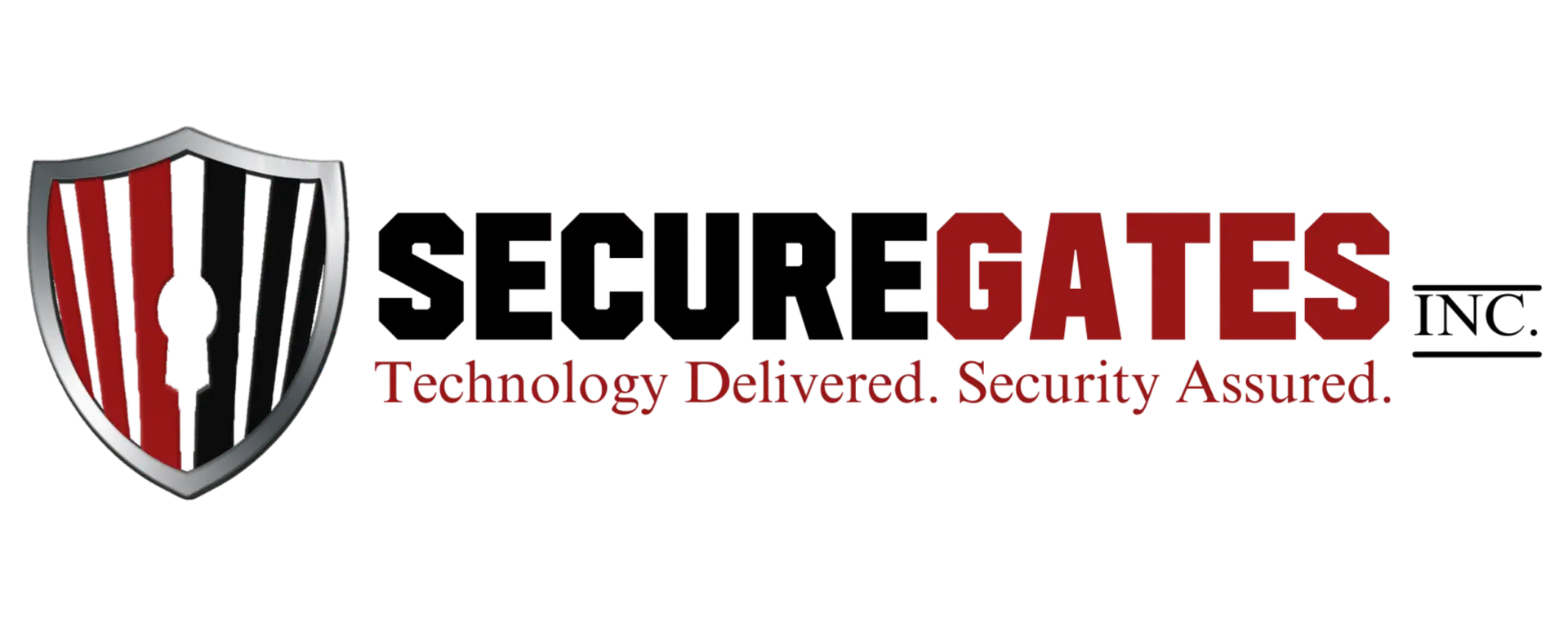Maintenance Routines
What is Periodic Maintenance?
The goal of periodic maintenance is to lessen the likelihood of failure, reduce unexpected downtime, and prolong the life of an asset.
This means checking equipment for small problems and fixing them before they cause a major problem. Maintenance can include inspections, calibrations, lubricating, adjusting, cleaning, and replacing parts. During a maintenance routine, we document the equipment’s condition and provide a detailed report to you.
Just think about what would happen if you didn’t get your oil changed until your car broke down. Once this happens, your expectation is to spend money on towing and repairing the vehicle. Assuming it’s not badly damaged. Otherwise you’ll have to purchase a new engine or worse, a replacement vehicle. Meanwhile, you must also find an alternate mode of transportation.
It’s annoying, costly, and inconvenient to wait for your engine to fail. Just fix it before you break down! Same thing goes for the equipment and assets you use every day.
Types of Maintenance
There are lots of ways to perform periodic maintenance. Here are two common methods.
- Calendar-based maintenance: A specific date, or a time interval, like a month, is used for scheduling maintenance.
- Runtime-based maintenance: Repairs are done based on how long the equipment has run, such as miles, hours, etc.
Benefits of periodic maintenance
When compared to other types of maintenance, periodic maintenance has a lot of advantages.
- Efficiency in Planning: Since maintenance activities can be planned ahead of time, you can efficiently coordinate any parts, supplies, and labor requirements before they are needed.
- Better scheduling: Maintenance work can fit within production schedules or during planned shutdowns.
- Less overall maintenance costs: Unplanned maintenance costs more because of downtime, losses of production, and expedited shipping. Proactive maintenance has a better control over costs.
When should I do maintenance?
It’s not always clear when you should use preventive maintenance, even with all its benefits. If you’re just starting out, you’ll want to use it to extend the life of all your assets, but if you’re not, you need to prioritize.
In general, preventive maintenance should be performed on assets that are critical to business, where it is crucial that they keep working. After that, you can extend your plan to include non-critical equipment.
Using our periodic maintenance service can better organize the activities of your maintenance department. Planning out your maintenance operations in detail will help you better forecast resource demands and balance the workload. We use standard task lists to ensure that everyone is consistently performing their tasks the same way. Additionally, we help to keep your team on track and ensure that they’re focusing on more important tasks.
Maintenance Examples
- Checking your fire extinguishers every 6 months (calendar-based).
- An oil change work order is assigned to a technician after every 5,000 miles traveled by a fleet vehicle (runtime-based).

